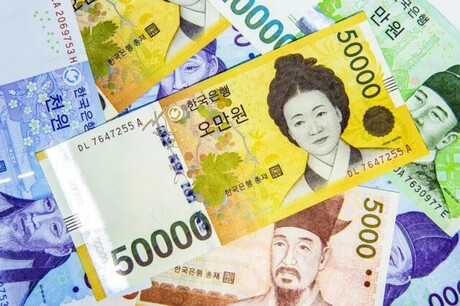
Inflation in the United States continued its downward trend in September, inching closer to the Federal Reserve's 2% target. The Personal Consumption Expenditures (PCE) price index, the Fed's preferred inflation gauge, rose 0.2% for the month and 2.1% year-over-year.
While the headline PCE inflation rate showed progress, core inflation, which excludes volatile food and energy prices, remained elevated at 2.7%. This suggests that underlying price pressures persist, although they have moderated from earlier peaks.
Given the recent trend of declining inflation and concerns about a potential economic slowdown, market expectations are that the Federal Reserve will implement another interest rate cut at its upcoming meeting next week. The central bank has already lowered rates once this year in an effort to stimulate economic growth.
Strong Labor Market Persiststhe easing of inflationary pressures, the U.S. labor market remains resilient. Initial jobless claims declined to 216,000, indicating continued strength in the job market. Moreover, wage growth, as measured by the Employment Cost Index, increased at a slower pace of 3.9% year-over-year.
Consumer spending increased 0.5% in September, slightly exceeding expectations. However, the personal saving rate dipped to 4.6%, suggesting that consumers may be tapping into savings to maintain spending levels.
While the recent decline in inflation is encouraging, it remains to be seen whether this trend will continue. The Fed's monetary policy decisions, along with global economic conditions, will play a crucial role in shaping future inflationary pressures.
[Copyright (c) Global Economic Times. All Rights Reserved.]




























